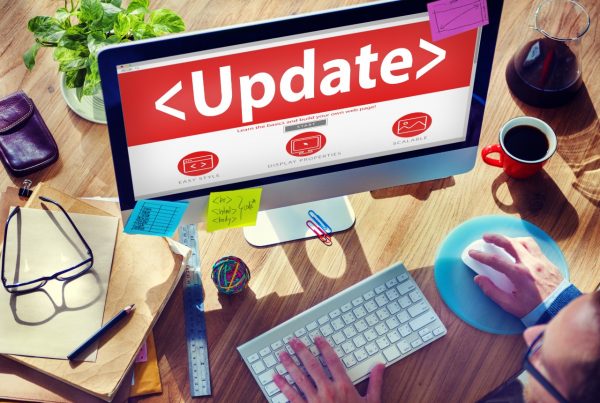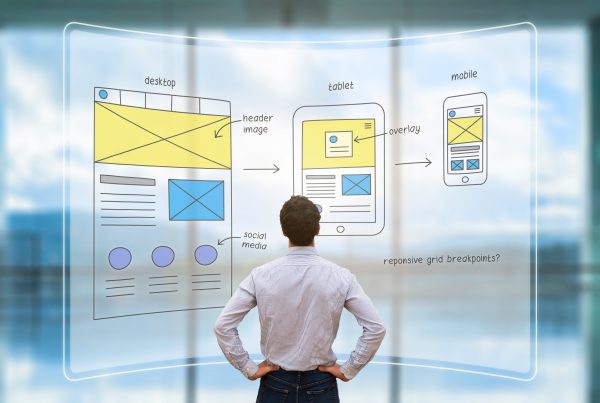Bored of screens and UI? What’s next?
There’s a change. There will be a change. All we got to do is get prepared for it well before we lag in pace. We are now in the era where everything is visualized. It’s screens everywhere. Manipulating with screens have become the predominant part of day to day living. On the side lane, things are going beyond visualization. We talk and give gestures which are now understood by machines. Watch out! We are moving into far beyond visual stuffs.
What happens if visual things are gone? Any loss?
Yea a loss for you if you aren’t updated. people have started talking about ZERO UI. So what is it all about?
No UI? Yes, there is not much importance to the UI portion as things are in for change. This isn’t something brand new. It’s already in the market. It’s just not become the salt for food. One day, not far away it would become a daily use technology in 90% of homes.
Understanding what zero UI actually is…
Let’s dive into what is zero UI. You may have seen TV ads like Amazon echo to which you can speak to or wave at the Kinect, a Microsoft product. Some people would have even tried them out. Now the talk is that how you move away from the screens and getting in touch with devices through natural ways like voice, signs, glance or even thoughts merged with AI concepts would have their touch in this. It inclines towards the IoT concepts too. Compared to the historical punch cards and command lines, they have become simpler. Yet, we still have to talk in their terms for their understanding. Now its high time that machines should start understanding our language. Language isn’t the one we have been using for typing, it denotes the behaviour, words and gestures and even voice. That’s has a name and it’s Zero UI.
Does the design undergo any change?
Designers have got a new player to wrestle with. It’s a brand new dimension that zero UI will come up with. It’s a big jump from UI to a zero UI environment. All these time, it was a linear case that was handled. For example, “Call Dad” or ” Who is the president of India” but when the question is going to be “Ask dad and tell who is the president of india” then boom! The system softly says “Sorry could you repeat”. Well here is where non-linear thinking is required. Building systems that has the calibre to translate continuous streams of inputs is the challenge. We have to move multi-dimensional to acquire such systems.
What’s the challenge for designers?
Designers use tools like Adobe Illustrator and InDesign. They have to adapt to a majorly different toolset for such zero UI systems. These designers should master in areas like science and biology. There is one more area which has to be focused and that’s psychology for creating these devices. These were areas which weren’t noticed when it was UI.
For more understanding…
We can take Televisions for example. People have different gestures to convey messages. The television senses the gestures and has to analyse the input accordingly. The same requirement say increasing volume may be conveyed differently by different people. Some may give a thumbs up, some may try hard to think of what will make the TV understand that the volume needs to be increased. So, such varied behavioural cases has to handled by the systems developed.
A system has to be so sharp in observing that it should understand your next move.
After Zero UI…
Moving away from User Interface doesn’t mean totally neglecting it. Of course, it cannot be shunned entirely. We need interfaces but we just need to use less screens. What would happen if machines start understanding us more than we understand ourselves? What happens if we reached the Zero UI goal?
The exciting future…
We can’t exactly predict the change but we could probably say that things will be easier than ever if the systems are designed to near perfection. Moving a bit further from UI into this partial non UI world indeed would serve better to the people. It may change the trend and business too. When it becomes common, it would seem prettier than ever to have people communicating with machines and vice versa.









